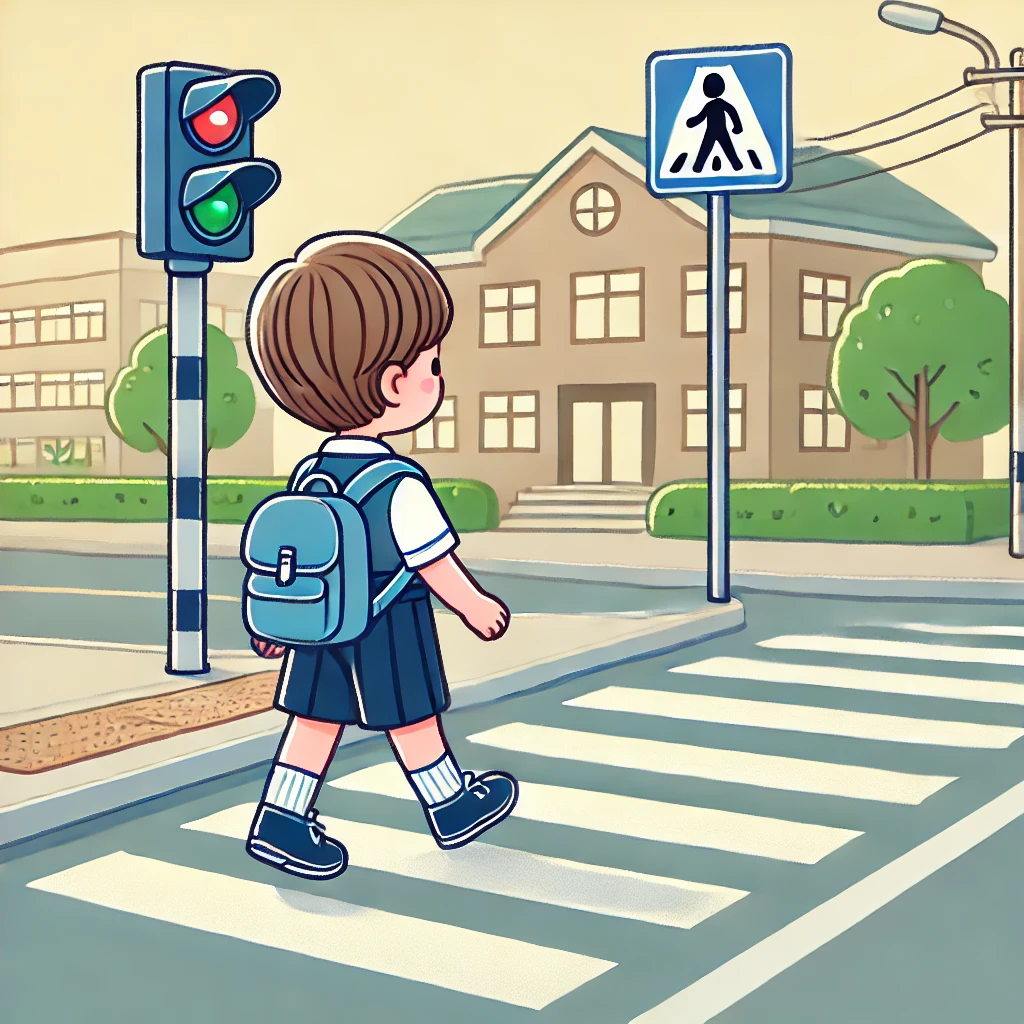Road safety for kids is a crucial topic that demands attention from parents, teachers, and caregivers. Every year, thousands of children worldwide fall victim to road accidents, many of which could have been prevented with proper awareness and education.
In this blog post, we’ll cover everything you need to know about road and traffic safety for kids. From basic road rules to practical tips and interactive learning strategies, this guide will help ensure that children stay safe while walking, cycling, or traveling in vehicles.
Why Is Road Safety for Kids Important?
Children are naturally curious and often lack the awareness needed to navigate roads safely. Their small size and unpredictable movements make them vulnerable to road accidents. Teaching them road safety from an early age helps build lifelong habits that can prevent injuries and fatalities.
According to the World Health Organization (WHO), road traffic injuries are a leading cause of death among children aged 5 to 14 years. However, with proper education and infrastructure, many of these accidents can be prevented.
Key Road Safety Rules Every Child Should Know
1. Understanding Traffic Signals and Signs
Children should be taught to recognize and understand traffic signals and road signs, including:
- Red Light – Stop
- Green Light – Go
- Yellow Light – Slow down and prepare to stop
- Pedestrian Crossing Sign – Indicates a safe place to cross the road
- Stop Sign – Vehicles must come to a complete stop
Encourage children to observe these signals while walking on the road.
2. Always Use Pedestrian Crossings
Teach kids to cross roads at designated crosswalks, zebra crossings, or pedestrian bridges. If there are no crossings, they should look for a safe and well-lit place to cross.
3. The ‘Look, Listen, and Cross’ Rule
Before crossing any road, children should:
- Look both ways (left, right, then left again)
- Listen for approaching vehicles
- Cross only when it is safe
4. Walking on the Sidewalk or Facing Traffic
Children should always use sidewalks where available. If there are no sidewalks, they should walk on the far side of the road facing oncoming traffic.
5. Avoid Running or Playing Near Roads
Running across streets, chasing a ball, or playing near traffic areas is extremely dangerous. Teach kids to stay away from roads while playing.
6. Safe Road Behavior While Traveling in a Vehicle
- Always wear a seatbelt
- Sit in a child safety seat if required
- Never stick hands or head out of a moving vehicle
- Wait for the vehicle to come to a complete stop before getting out
7. Bicycle and Scooter Safety
- Always wear a helmet
- Use bicycle lanes whenever possible
- Follow traffic signals and ride in the direction of traffic
- Avoid riding in busy streets without adult supervision
Tips for Parents and Guardians to Ensure Road Safety for Kids
1. Be a Role Model
Children learn by observing adults. Follow traffic rules, use pedestrian crossings, and always wear a seatbelt.
2. Practice Road Safety at Home
- Play road safety games
- Use flashcards for traffic signs
- Watch educational videos on road safety
3. Accompany Young Children
Always walk with young children near roads until they develop the necessary skills to navigate traffic safely.
4. Teach Stranger Danger
Kids should never accept rides from strangers or talk to unknown people near roads.
5. Make Roads Safer in Your Community
Advocate for safer roads by working with local authorities to install pedestrian crossings, speed bumps, and better lighting.
Interactive Activities on Road Safety for Kids
1. Road Safety Walks
Take children on supervised walks to observe real-life traffic situations and practice safe crossing.
2. Role-Playing Games
Create scenarios where kids play pedestrians, cyclists, or drivers to understand different perspectives.
3. Storytelling and Books
Read books or tell stories about road safety to make learning fun and engaging.
4. DIY Traffic Signal Craft
Make a traffic light using colored paper to help kids understand signals in a fun way.
5. Online Road Safety Quizzes
Engage children in interactive online quizzes about road signs and safety rules.
Conclusion
Road safety for kids is a shared responsibility between parents, teachers, and communities. By educating children on traffic rules, encouraging safe behavior, and setting the right example, we can reduce accidents and create safer roads for everyone.
Let’s work together to make road safety a priority and ensure that every child reaches their destination safely!
Do you have any road safety tips or experiences to share? Leave a comment below!

